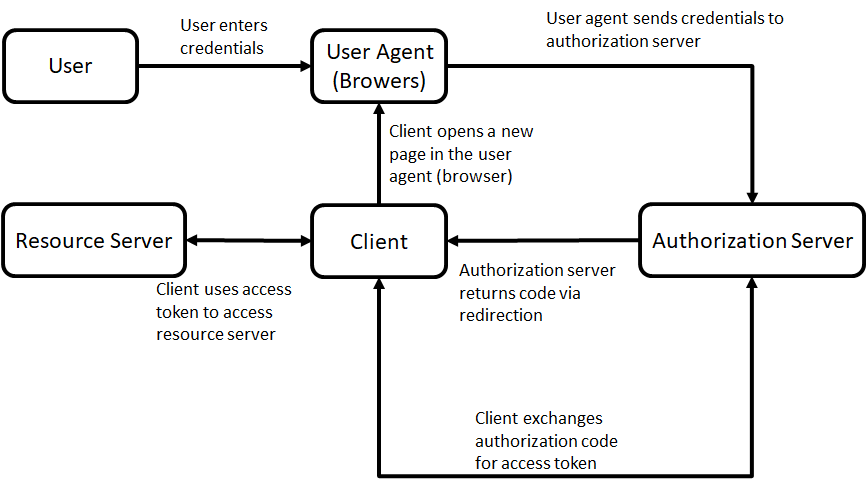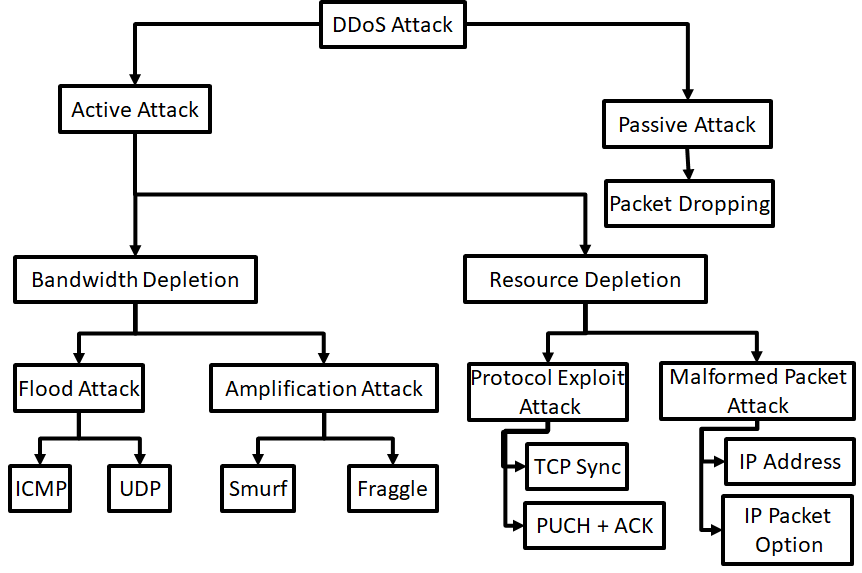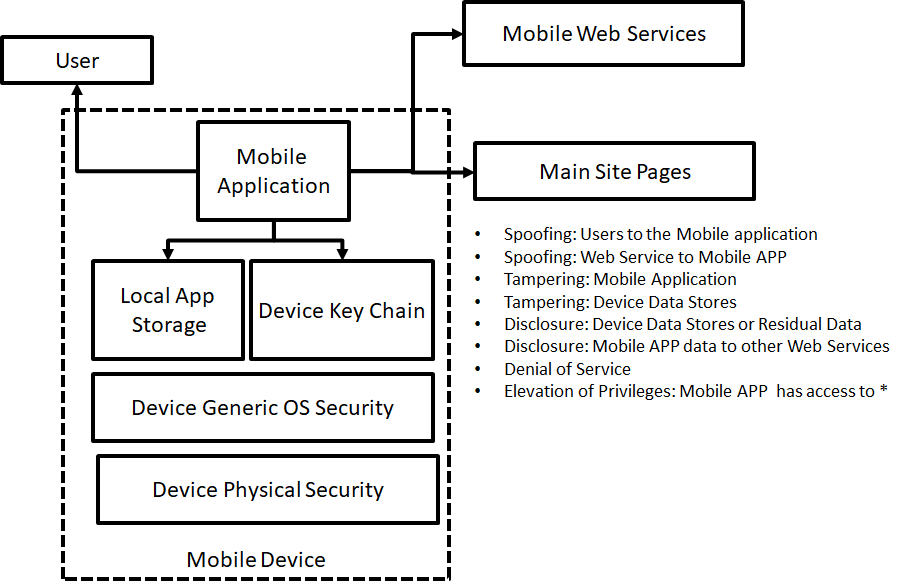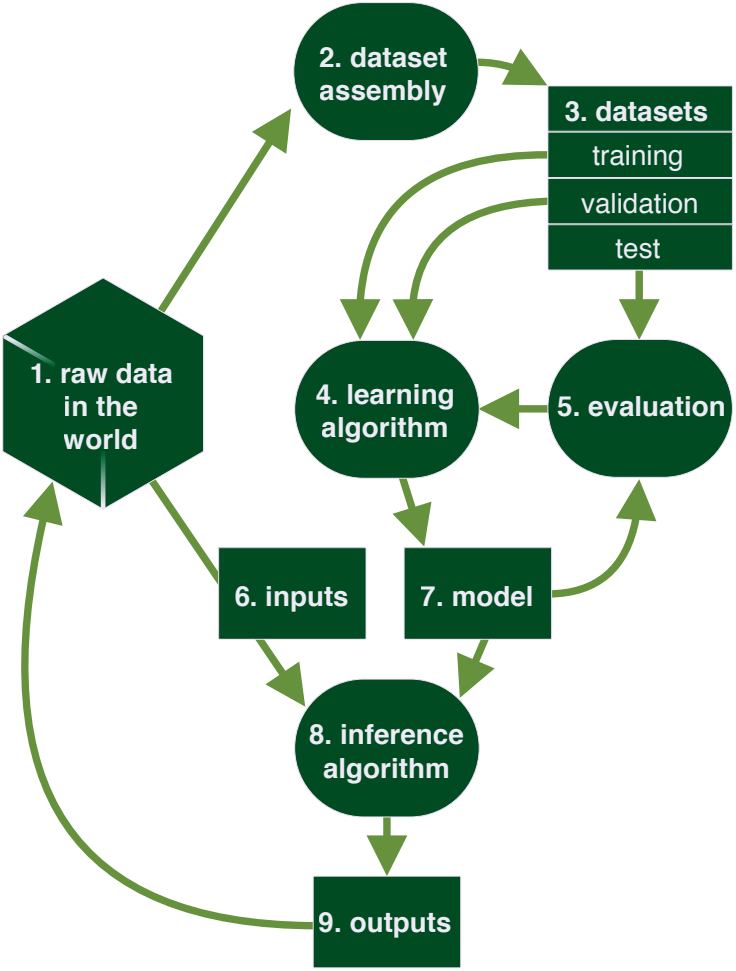Threat Models#
This section is not about teaching you how to model you specific security solutions. By now you know that your model should be built out of attack vectors, security personas and security principles and requirements. The next chapter of this reference architecture deals with reusable principles in depth. First we present valuable models that can be reused when creating a security solution architecture.
Security threat modelling, or threat modelling, is a process of assessing and documenting a system’s security risks. Security threat modelling enables you to understand a system’s threat profile by examining it through the eyes of your potential attackers. Your security threat modelling efforts also enable your team to justify security features within a system, or security practices for using the system, to protect your corporate assets.
Many ways exist to build a threat model but in essence a threat model is a conceptual model that:
helps to understand a situation and
is helpful in reducing security concerns. So helpful in solving your security problem.
A security threat model is built of relevant elements and their relations that matter in a security problem situation.
In general, a conceptual model is constructed based on a specific problem situation you want to solve.
Real-world problems of security are outlined in a large number of publications, within this section we only present conceptual models that are based on the following selection criteria:
Generic use;
Non-commercial;
Open.
With open we mean that the institute or company created the model has an open process that allows everyone to improve the model. Of course open is not always really open without borders and thresholds. Even the open group is not really open for public participation, since large membership fees form a threshold. The OWASP foundation is however one of the best examples on how open should be. That is open license on content (common creative) and no impediments and no requirements for participants who want to join the working groups.
For security many models exist. Most models are aimed for evaluating risks for auditors and other stakeholders. In the sections below a collection of (almost open) security thread models.
Starting thread modelling can be hard. So this playbook offers:
Collection of good thread models. You can use and reuse these within your own context. See the sections in this chapter.
Methods for performing threat modeling. See the subsections.
Methods for performing threat modelling are:
OAuth 2.0 Threat Model#
Using the OAuth protocol gives you many advantages. And since this protocol is open you can save a lot of time when making use of the OAuth Threat Model when using OAuth in your use case. A detailed description of the thread model is found in RFC 6819 ( http://tools.ietf.org/html/rfc6819 ).
In the picture below the visual of the threat model, where the numbers are references to the section in the IETF RFC.

OAuth 2.0 basic model.
DDoS model#
DDoS attacks are hard to prevent. However, every security or privacy architecture should take DDoS attacks into account. This to design solutions that are more resistant against the easy DDoS attacks.
Problems due to DDoS Attacks: - DDoS attack is an attempt to make a systems inaccessible to its legitimate users. - The bandwidth of the Internet and a LAN may be consumed unwontedly by DDoS, by which not only the intended computer, but also the entire network suffers. - Slow network performance (opening files or accessing web sites) due to DDoS attacks. - Unavailability and inability to access a particular web site due to DDoS attacks.
The model below gives a DDoS attack taxonomy. This can be useful if you are designing solutions to be more resilient against DDoS attacks.

Mobile Threat model#
Since mobile is everywhere, you should always take mobile threats serious in your solution architecture. Even if you think you have a special gateway for mobile traffic, most devices are always vulnerable for mobile threads.
The model presented here below can help in identifying the threads.

IoT Threat Model#
We should be happy: The IoT (Internet of Things) is not everywhere present yet. When IoT is migrated from fiction to reality, security and privacy will be under enormous risks.
Internet-of-Things is a result of a technical revolution, which reflects with future computing and communications including existing and evolving internet. Over the time Internet technologies have evolved, and become Internet of Things. With the advent of this paradigm the dream to convergence everything, and everyone under a single umbrella has come true. Machine-to-machine (M2M), Radio Frequency Identification (RFID), context-aware computing, wearables, ubiquitous computing, and web-of-things all are considered to be seamlessly integrated into a global information network, which has the self configuring capabilities based on standard and interoperable communication protocols .
Below a generic threat model for the IoT world:

Note the view is not complete. Missing these views are:
IDS, pentest tools, correlation tools etc (or under system security)
This IoT thread model and views are good for addressing the following areas in more detail in your security solution:
Confidentiality
Integrity
Availability
User Management
Network Security
Key Management
Security Management
Governance
Risk
Regulation
Audit
Access Control
Standards for Interoperability
Machine Learning Thread Model#
Advances in machine learning (ML) in recent years have enabled a dizzying array of applications such as data analytics, autonomous systems, and security diagnostics. ML is now pervasive—new systems and models are being deployed in every domain imaginable, leading to widespread deployment of software based inference and decision making.
The attack surface of a system built with data and machine learning depends on its purpose. Key threads for machine learning system can be seen as:
Attacks which compromise confidentiality
Attacks which compromise integrity by manipulation of input.
‘Traditional’ attacks that have an impact on availability.
Attack vectors for machine learning systems can be categorised in:
Input manipulation
Data manipulation
Model manipulation
Input extraction
Data extraction
Model extraction
Environmental attacks (so the IT system used for hosting the machine learning algorithms and data)
Taxonomy and terminology of machine learning is not yet fully standardised. The US NIST publication 8269 (The National Institute of Standards and Technology) a taxonomy and terminology of Adversarial Machine Learning is proposed. See https://csrc.nist.gov/publications/detail/nistir/8269/draft. Adversarial Machine Learning (AML)introduces additional security challenges in training and testing (inference) phases of system operations. AML is concerned with the design of ML algorithms that can resist security challenges, the study of the capabilities of attackers, and the understanding of attack consequences.
A simple outline of the basic components that must be incorporated in a ML thread model is outlined below.

(Source: https://berryvilleiml.com/interactive/ )
More information on specific aspects on machine learning can be found in the Free and Open Machine Learning Guide
ATLAS (Adversarial Threat Landscape for Artificial-Intelligence Systems)#
ATLAS (Adversarial Threat Landscape for Artificial-Intelligence Systems) is a globally accessible, living knowledge base of adversary tactics and techniques against Al-enabled systems based on real-world attack observations and realistic demonstrations from Al red teams and security groups.
Check and use ATLAS
Repository: mitre-atlas
ATLAS is modeled after and complementary to MITRE ATT&CK®, raising awareness of the rapidly evolving vulnerabilities of Al-enabled systems as they extend beyond cyber.
